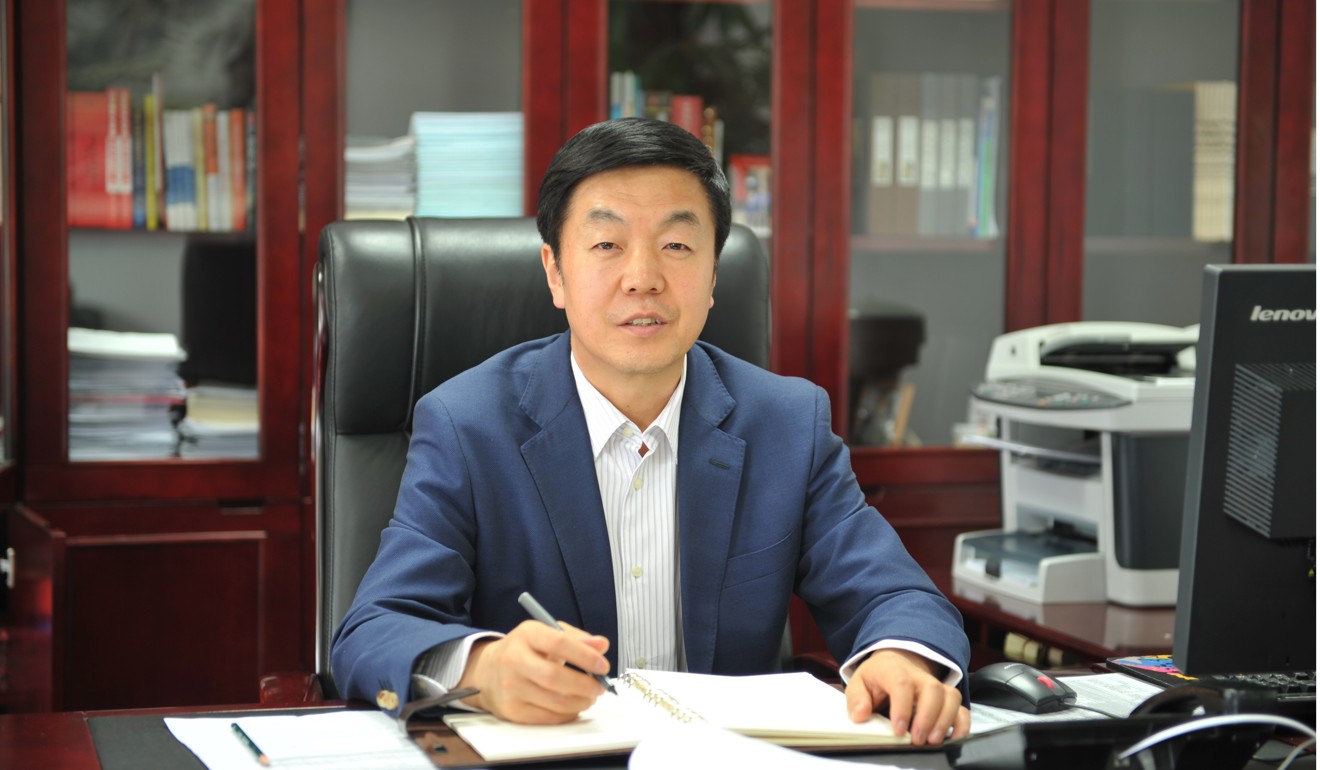
Beijing Jingneng seeks clean energy growth from Australia and Beijing Olympics
The company has 2,349MW of operating wind farms in China and Australia, with 149.5MW under construction and 1,600MW planned
The Hong Kong-listed company is aiming to have 1,000 megawatts of renewable energy power generating capacity Down Under by 2020, general manager Chen Ruijun told the South China Morning Post in an interview.
It has already amassed operating and planned capacity of 275MW through three acquisitions in New South Wales state since 2014.
“We plan to realise the 2020 goal partly through self-developed projects and partly from acquisitions,” he said.
“At this stage, our focus will be in New South Wales, but we will also actively seek projects in other states, as well as in nations along the ancient and maritime Silk Roads, especially those in Southeast, South and Central Asia.”
We plan to realise the 2020 goal partly through self-developed projects and partly from acquisitions
Even though the Australian market has been troubled by volatile power prices and weak sales volume growth two years ago partly due to rising popularity of home roof top solar panels, Chen said market conditions had improved.
Still, he said a lack of consistency in the nation’s clean energy policy was one of the challenges for project operators.
Taking into account its projects in China and Australia, the company had 2,349MW of operating wind farms as of September 30 this year, while 149.5MW are under construction and 1,600MW have been planned. It had 780MW of operating solar farms, with 195MW being built and 2,700MW in the pipeline.

“With Beijing and Zhangjiakou [in Hebei province] having won the right to host the 2022 Winter Olympics, Beijing Jingneng is seeking to develop gas-fired heating projects in some locations northwest of Beijing to support a low carbon Olympics,” he said.
The company had also been on the hunt for gas-fired energy projects in the Pearl River Delta in southern China, where it has 4,500MW of gas energy projects for development planned, he added.
Beijing Jingneng operated 4,436MW of gas-fired power and heating projects as of the end of June this year, commanding half and over 60 per cent of Beijing’s gas-fired power and centralised heating markets respectively.
As local governments heed the central Chinese government’s orders to convert industrial coal boilers and home coal burners into gas-fired units, China’s gas consumption in the first 11 months of the year has jumped 18.9 per cent from the year-earlier period. Consumption rose 6.6 per cent rise in 2016.
But with the development of storage facilities lagging and extreme seasonality – where demand in winter amounts to six to eight times that of the summer months, North China has seen gas shortages that left villagers in the cold. This has forced Beijing to let the short-supplied areas burn coal in the winter.

